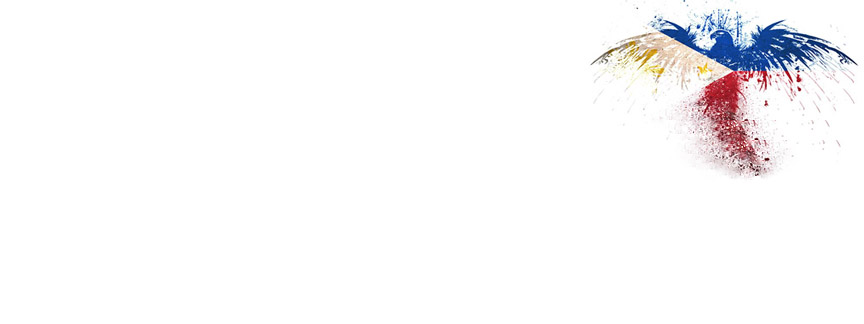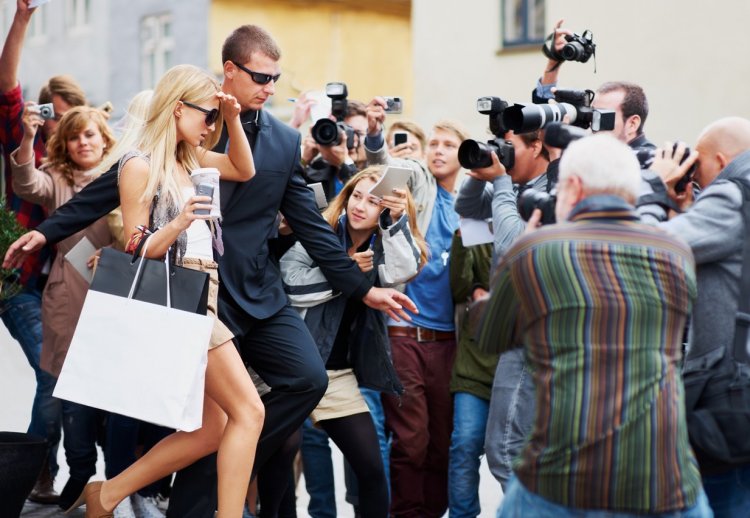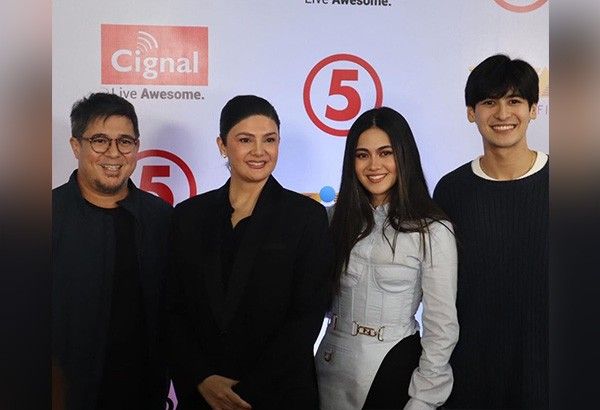Art and AI: Making Creativity Accessible in the Digital Age
In the ever-evolving landscape of the digital age, the intersection of art and artificial intelligence (AI) is reshaping the way we create, experience, and interact with artistic expressions. From generating new forms of art to enhancing traditional artistic processes, AI is revolutionizing the creative landscape and making art more accessible than ever before. Abstract art created using Midjourney The Rise of AI in Art Artificial intelligence, with its ability to analyze vast amounts of data and recognize patterns, has found a natural home in the realm of art. AI algorithms can now generate original artworks, compose music, design graphics, and even create virtual worlds with minimal human intervention. This fusion of technology and creativity has opened up new possibilities for artists, designers, and creators to push the boundaries of their imagination. Enhancing Traditional Artistic Processes AI tools are not only creating new forms of art but also enhancing traditional artistic processes. Artists can now leverage AI-powered software to streamline workflows, experiment with different styles, and explore new creative avenues. For example, AI algorithms can assist painters in generating color palettes, photographers in retouching images, and musicians in composing music. By automating repetitive tasks, AI frees up artists to focus on [...]

In the ever-evolving landscape of the digital age, the intersection of art and artificial intelligence (AI) is reshaping the way we create, experience, and interact with artistic expressions. From generating new forms of art to enhancing traditional artistic processes, AI is revolutionizing the creative landscape and making art more accessible than ever before.

Abstract art created using Midjourney
The Rise of AI in Art
Artificial intelligence, with its ability to analyze vast amounts of data and recognize patterns, has found a natural home in the realm of art. AI algorithms can now generate original artworks, compose music, design graphics, and even create virtual worlds with minimal human intervention. This fusion of technology and creativity has opened up new possibilities for artists, designers, and creators to push the boundaries of their imagination.
Enhancing Traditional Artistic Processes
AI tools are not only creating new forms of art but also enhancing traditional artistic processes. Artists can now leverage AI-powered software to streamline workflows, experiment with different styles, and explore new creative avenues. For example, AI algorithms can assist painters in generating color palettes, photographers in retouching images, and musicians in composing music. By automating repetitive tasks, AI frees up artists to focus on the more expressive and conceptual aspects of their work.
Democratizing Artistic Expression
One of the most significant impacts of AI in art is its role in democratizing artistic expression. With AI-powered tools becoming more accessible and user-friendly, individuals with varying levels of artistic skill can now engage in the creative process. Whether through AI-generated art prompts, collaborative platforms, or personalized design tools, people from diverse backgrounds can explore their creativity and express themselves through art in ways previously unimaginable.
Ethical Considerations and Challenges
While the fusion of art and AI presents exciting opportunities, it also raises important ethical considerations and challenges. Questions around authorship, copyright, bias in algorithms, and the implications of AI-generated art on traditional artistic practices are subjects of ongoing debate within the art community. As AI continues to evolve, it is essential for artists, technologists, and policymakers to collaborate and address these ethical challenges to ensure a responsible and inclusive creative ecosystem.
The Future of Art and AI
As we look to the future, the relationship between art and AI promises to continue evolving, inspiring new forms of creative expression and collaboration. From interactive installations and immersive experiences to generative art and AI-enhanced performances, the possibilities are endless. By embracing the convergence of art and technology, we can unlock the full potential of human creativity and shape a more vibrant and inclusive artistic landscape for generations to come.
The fusion of art and AI is a testament to the transformative power of technology in making creativity more accessible and empowering individuals to explore the boundless realms of artistic expression. As we navigate this dynamic intersection, let us celebrate the synergy between human ingenuity and artificial intelligence in shaping a more innovative, diverse, and interconnected artistic future.


















